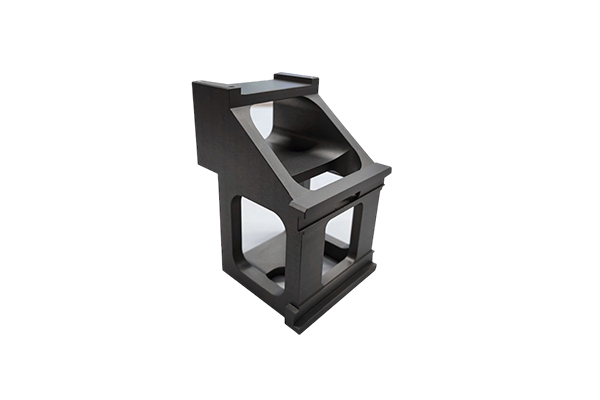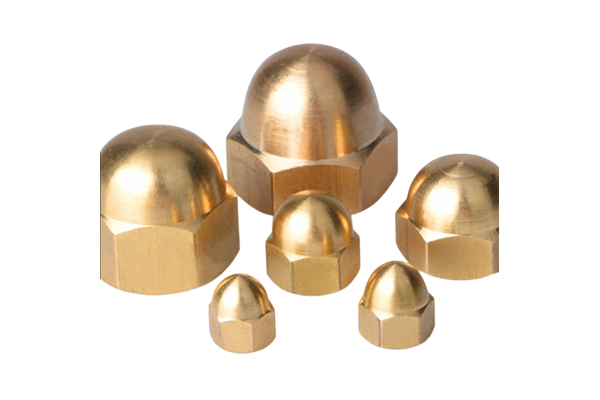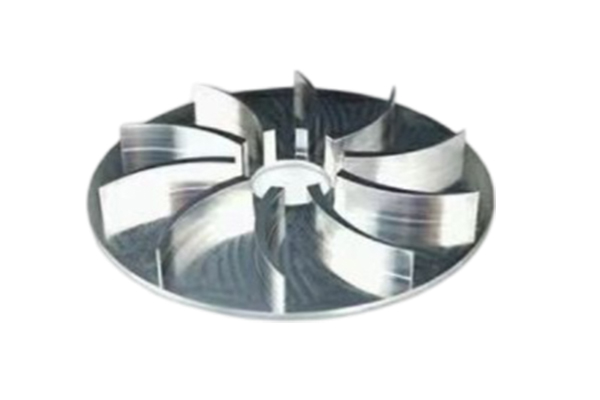How to choose the right vibration plate connector accessories to adapt to vibrations of different frequencies?
Release Time : 2025-02-11
In the design of machinery and equipment, the selection of vibration plate connector accessories is crucial, especially in environments that need to withstand vibrations of different frequencies. A suitable connector not only ensures the stable operation of the system, but also improves the overall efficiency and durability. Here are some suggestions on how to choose vibration plate connector accessories to adapt to vibrations of different frequencies.
First, understanding the specific needs of the vibration system is the basis. Different equipment and application scenarios will produce vibrations of different frequencies and amplitudes. Therefore, when selecting connectors, it is necessary to clarify the operating frequency range, amplitude, and expected load conditions of the system. This information will help determine the required connector type, size, and material.
Secondly, the choice of materials is key. For connectors that withstand high-frequency vibration, materials with high elastic modulus and good fatigue resistance, such as stainless steel or alloy steel, should be selected. These materials can maintain the stability of shape and performance in long-term vibration, reducing connection failure caused by material fatigue. At the same time, the corrosion resistance of the material is also a factor that needs to be considered, especially in humid or corrosive environments.
In terms of structural design, vibration plate connectors should have good rigidity and toughness. Rigidity ensures that the connector is not easily deformed during vibration, while toughness helps absorb and disperse vibration energy and reduce stress concentration. In addition, the design of the connector should also take into account easy installation and maintenance so that it can be quickly replaced or adjusted when needed.
Frequency matching is also a factor that cannot be ignored when selecting connectors. Some connectors, such as shock absorbers or vibration isolators, have specific natural frequencies. When selecting, it should be ensured that the natural frequency of these connectors matches the vibration frequency of the system to achieve the best vibration reduction effect.
Finally, it is also important to consider the compatibility of the connector with the vibration plate and other components. Ensure that the connector can fit tightly with other components to provide good sealing and stability. In addition, the service life and cost-effectiveness of the connector should also be considered, and the product with high cost performance should be selected.
In summary, choosing the right vibration plate connector accessories to adapt to vibrations of different frequencies requires comprehensive consideration of multiple factors. By clarifying system requirements, selecting appropriate materials, optimizing structural design, considering frequency matching, and ensuring compatibility, it is possible to ensure that the connector performs at its best in a vibration environment and provide strong support for the stable operation of the system.
First, understanding the specific needs of the vibration system is the basis. Different equipment and application scenarios will produce vibrations of different frequencies and amplitudes. Therefore, when selecting connectors, it is necessary to clarify the operating frequency range, amplitude, and expected load conditions of the system. This information will help determine the required connector type, size, and material.
Secondly, the choice of materials is key. For connectors that withstand high-frequency vibration, materials with high elastic modulus and good fatigue resistance, such as stainless steel or alloy steel, should be selected. These materials can maintain the stability of shape and performance in long-term vibration, reducing connection failure caused by material fatigue. At the same time, the corrosion resistance of the material is also a factor that needs to be considered, especially in humid or corrosive environments.
In terms of structural design, vibration plate connectors should have good rigidity and toughness. Rigidity ensures that the connector is not easily deformed during vibration, while toughness helps absorb and disperse vibration energy and reduce stress concentration. In addition, the design of the connector should also take into account easy installation and maintenance so that it can be quickly replaced or adjusted when needed.
Frequency matching is also a factor that cannot be ignored when selecting connectors. Some connectors, such as shock absorbers or vibration isolators, have specific natural frequencies. When selecting, it should be ensured that the natural frequency of these connectors matches the vibration frequency of the system to achieve the best vibration reduction effect.
Finally, it is also important to consider the compatibility of the connector with the vibration plate and other components. Ensure that the connector can fit tightly with other components to provide good sealing and stability. In addition, the service life and cost-effectiveness of the connector should also be considered, and the product with high cost performance should be selected.
In summary, choosing the right vibration plate connector accessories to adapt to vibrations of different frequencies requires comprehensive consideration of multiple factors. By clarifying system requirements, selecting appropriate materials, optimizing structural design, considering frequency matching, and ensuring compatibility, it is possible to ensure that the connector performs at its best in a vibration environment and provide strong support for the stable operation of the system.







